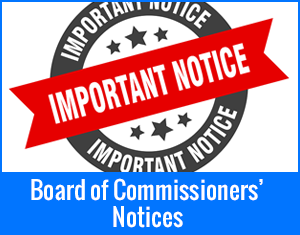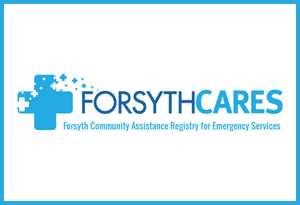- By April W Bowman
- Posted Wednesday, March 22, 2023
March Livestock and Forage Tips
Forage and Feed Testing
The Forage and Feed Testing Form from NCDA&CS is available online. Visit https://www.ncagr.gov/fooddrug/feed/index.htm and look for the link on the bottom, right. The cost for samples is $10 each for nutrition information. Nitrate testing is free.
Antibiotics Becoming Prescription Only
Schedule a "well-visit" with your veterinarian to establish a veterinary-client-patient relationship if you don't have one. After June, antibiotics that have been available over-the-counter will only be available with a prescription. This includes Penicillin G, mastitis products like Today and Tomorrow, a lot of Calf Scour medications, LA 200, etc.
Forage Tips
- Apply pre-emergent herbicides to hayfields by mid-March.
- Control winter annual weeds in pastures before they flower and seed.
- Watch for grass tetany in cattle grazing lush, rapidly-growing pasture. Consider feeding a free-choice mineral that is high in Magnesium or Hi-Mag.
- Leave 3-4” of stubble height when grazing winter annuals.
- Drag pastures to scatter manure piles.
- Consider adding an insect growth regulator or igr to your feed or mineral to control horn flies on your stock by early April.
- Consider creep grazing, or allowing your offspring to graze the best grass before their dams. This may be accomplished by putting up a temporary fence that will keep the mamas out, but allow the babies to go under it (be sure there is adequate power on the fence). You can also put up a permanent fence with a creep crate to allow the babies to go through one single opening. This method takes more supervision to ensure that the babies remember how to get out of the gate they went in and may also allow for more loss from predators.
For more information, email, April Bowman, Extension Agent, Livestock, Forages, and 4-H Youth Development at awbowman@ncsu.edu or call 336-703-2855.











